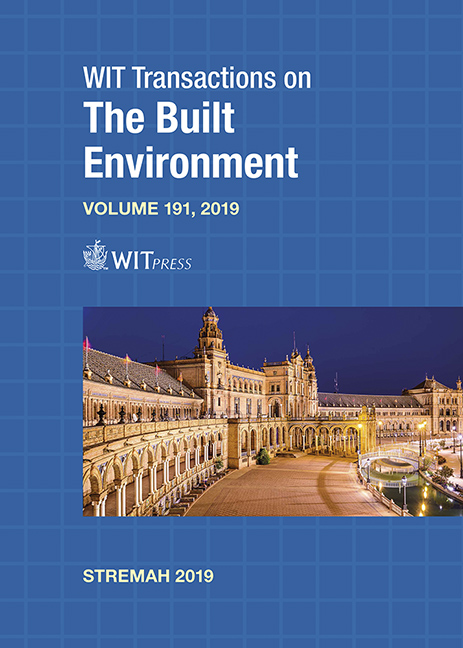ARCHITECTURE AND CULTURAL HERITAGE MANAGEMENT TOOLS: LANDSCAPE ACTION PLANS
Price
Free (open access)
Transaction
Volume
191
Pages
9
Page Range
291 - 299
Published
2019
Paper DOI
10.2495/STR190251
Copyright
WIT Press
Author(s)
ANDER DE LA FUENTE ARANA, URTZI LLANO-CASTRESANA
Abstract
In our southern European environment, planning continues to be addressed with 19th-century zoning instruments and defined policies. The growing reaction to the impositions of this territorial policy in local areas proposes a strong bottom-up, non-urbanism of the strategic and the punctual, whose results are beginning to be insufficient due to their limited continuity and difficult coordination. The work in network and with articulated and inter-connectable projects, is revealed, however, as a tool of utility not yet sufficiently tested. To overcome the barrier between what we define as “planning” or macroterritorial policy and “ordination” at a micro level, tools such as Landscape Action Plans (LAP) are proposed. The LAP is structured as a document that, starting from the micro analysis of all facets of the landscape (not only of how it is perceived, but also of its identity generating dimension, and even of its socio-economic aspects), and listening to the demands of the citizens through social dialogue processes, raise a solution to shared problems in local or municipal areas. This solution must be defined not only formally, but applying the determinations emanated from the regional policy of Territorial Planning designed for larger areas. In the last six years, the design of LAP by our Constructed Heritage Research Group (GPAC) has yielded very interesting results in terms of coordinating municipal and regional policies, such as the Landscape Action Plans of Trapagaran (2016) and Ortuella (2018), among others. The planning of small, embraced landscapes, endowed with strong character, through Landscape Action Plans (LAP), could be an option to channel this desire for local planning into a network, which compensates or inspires a broader and more democratic territorial policy.
Keywords
landscape management tools, territorial policy, action plans, local planning network




